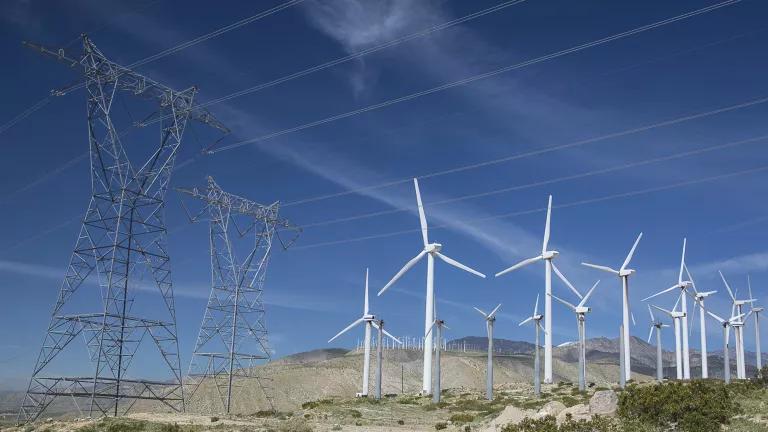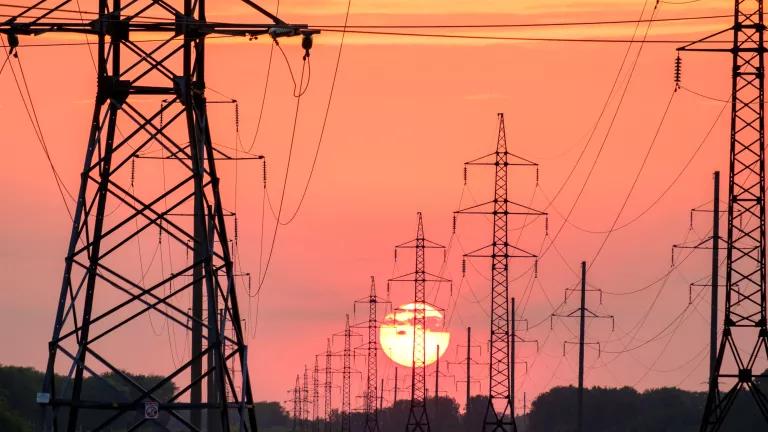Western Electricity Market Approval Points to Decarbonization and Consumer Savings
The California Independent System Operator (CAISO) just took an important next step toward integrating the western grid to better ensure reliability, facilitate reductions in greenhouse gas emissions, and lower costs to consumers.

Bob Wick/Bureau of Land Management
The California Independent System Operator (CAISO) just took an important next step toward integrating the western grid to better ensure reliability, facilitate reductions in greenhouse gas emissions, and lower costs to consumers.
Yesterday, CAISO approved its Extended Day-Ahead Market (EDAM) proposal during a joint meeting with CAISO’s Board of Governors and the Western Energy Imbalance Market (WEIM) governing body. With a palpably positive energy in the room, the proposal passed in a unanimous vote. There are more milestones to meet, but with the EDAM now approved at this stage, it will likely be implemented in 2024.
The EDAM is a voluntary market that will allow participants to manage their energy needs for the next day, which helps to balance supply and demand and ensures that the grid has enough electricity to meet the needs of all customers. One of the main benefits of the EDAM is that it will allow market participants to manage their energy costs more effectively by submitting offers to buy or sell energy in advance rather than just before the energy is needed. This method of regional least-cost optimization can help reduce costs for consumers. Studies have found that the EDAM could provide an additional $543 million to $1.2 billion in savings per year for participants that will build upon the $3.4 billion in savings that the CAISO-run real-time energy market has provided since its implementation in 2014.
The EDAM will also help promote the integration of more renewable energy sources in the western region. Participating in the EDAM will allow participants access to a much broader resource pool—like solar and wind energy across the region—which can be scheduled in advance and delivered to customers with automated processes.
This step toward increasing integration of the western electricity grid is critical at this time of rising demand for electricity and increasing impacts from climate change. As we learned this summer, events like heat waves caused by climate change are becoming more frequent and can lead to strain on the electricity grid and even blackouts. The increased regional coordination that the EDAM will provide, in addition to the real-time energy market, will help minimize the impacts of climate change on the electricity grid and keep the lights on.
The EDAM is a crucial step that helps to set the stage for a west-wide Regional Transmission Organization (RTO) operated by the CAISO. Expanding the CAISO to be a multistate RTO for the broader western region would establish an even more comprehensive framework for cooperation that would save customers in the West $2 billion per year on their electric bills, in addition to other benefits. We look forward to the implementation of the EDAM and continuing down the path toward a west-wide RTO.




